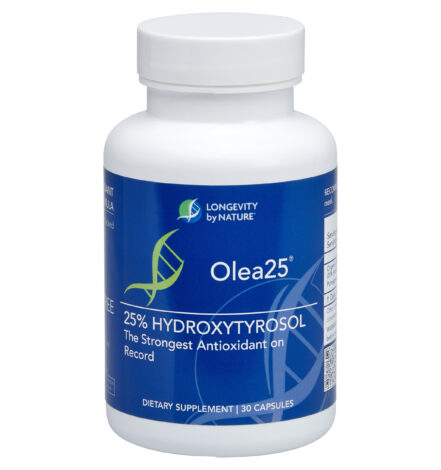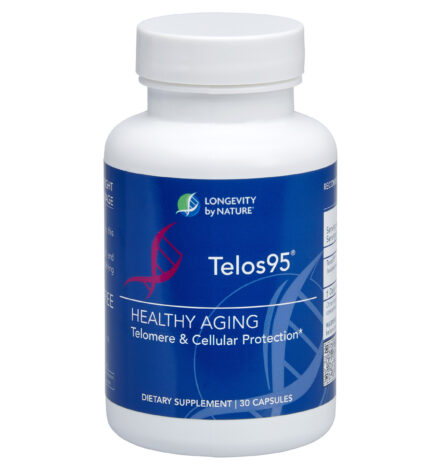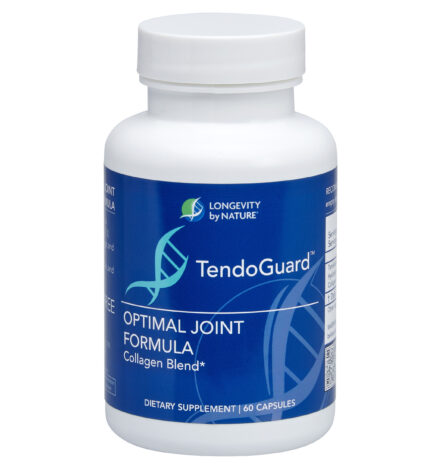As you age, your cells replicate and divide to produce new cells from your chromosomes. All of the information in your DNA remains the same. However, the tips of the chromosomes – your telomeres – shorten after each division.
These telomeres, as well as the enzyme telomerase that rebuilds them, are linked to the process of aging, and the rate at which they are shrinking can lead to a shorter life expectancy. But how do you know when telomeres get too short?
What is the Hayflick Limit?
In your lifetime, the chromosomes in your cells will divide until they reach what is called Hayflick Limit. When chromosomes are at this limit, they will no longer replicate or divide into new cells because they have exhausted the length of their telomeres, which keep the structure of the chromosomes intact during this process.
Without the production of new cells, the body cannot replenish the dead cells, and eventually, organs will begin to fail, which eventually leads to our death. Essentially, the Hayflick Limit is the point at which cells no longer replicate, and the body begins to shut down.
Can we stop this process?
After decades of research on telomeres, there is still no simple answer for stopping the Hayflick Limit or manipulating telomerase enzymes to rebuild the ends of our chromosomes. Telos95® may be your best way to not only prevent the slowing down of your telomeres but actually help lengthen them. (More on that ahead!)
There are some other ways you can potentially slow down the process of shortening telomeres. Here are five:
- Exercising
- Consuming antioxidant-rich foods like blueberries, strawberries, and raspberries
- Avoiding carcinogens (smoking)
- Avoiding alcoholic beverages
- Reducing the intake of red meats fried in oil
Naturally Lengthen Telomeres with Telos95®!
Your best bet may be the nutraceutical Telos95®. Telos95® is a plant-based blend of highly therapeutic polyphenols that are naturally sourced from grapevine and organic olive leaf.
It protects your telomeres and actually helps lengthen your telomeres!
In just 6 months, participants taking Telos95® once a day decreased their cellular age by 7.42 years! Help your telomeres stabilize during the replication process.
Try a 30-day FREE bottle of Telos95® today! Use the code telomeres during checkout. All you pay is $6.95 for shipping and handling. Have any questions? Ask us on our Facebook page!
Shop best selling products from Longevity by Nature
- Telos95 Telomere Supplement
- H.A.95 Hyaluronic Acid Supplement
- KollaJell Jellyfish Collagen Brain Supplement
- Olea25 Organic Olive Leaf Supplement
- Tendoguard Collagen Joint Support Supplement
- Pure Marine Collagen Peptide Dietary Supplement
- ArthroGuard Collagen Peptides For Dogs & Pets
- Pure Marine Fish Collagen Peptide Powder






